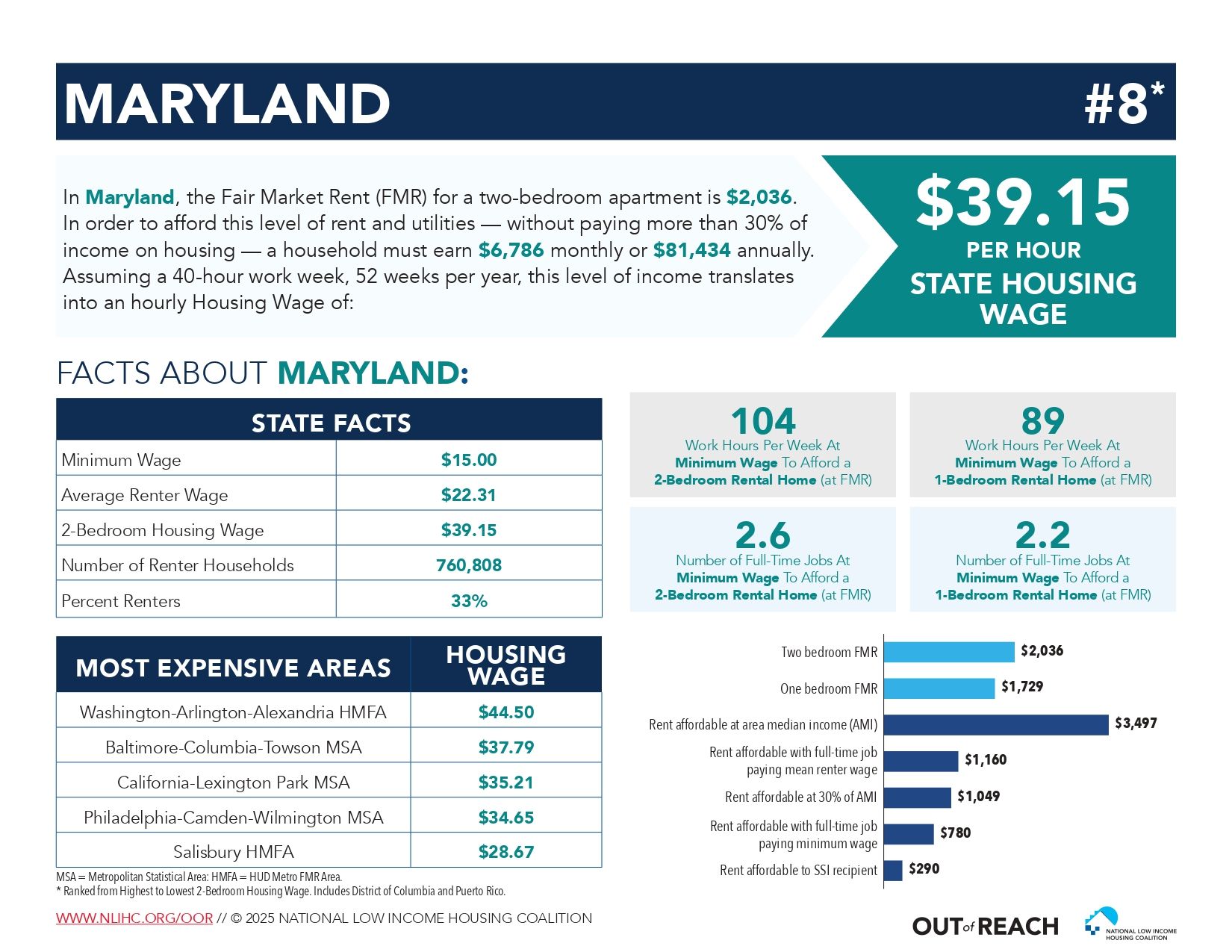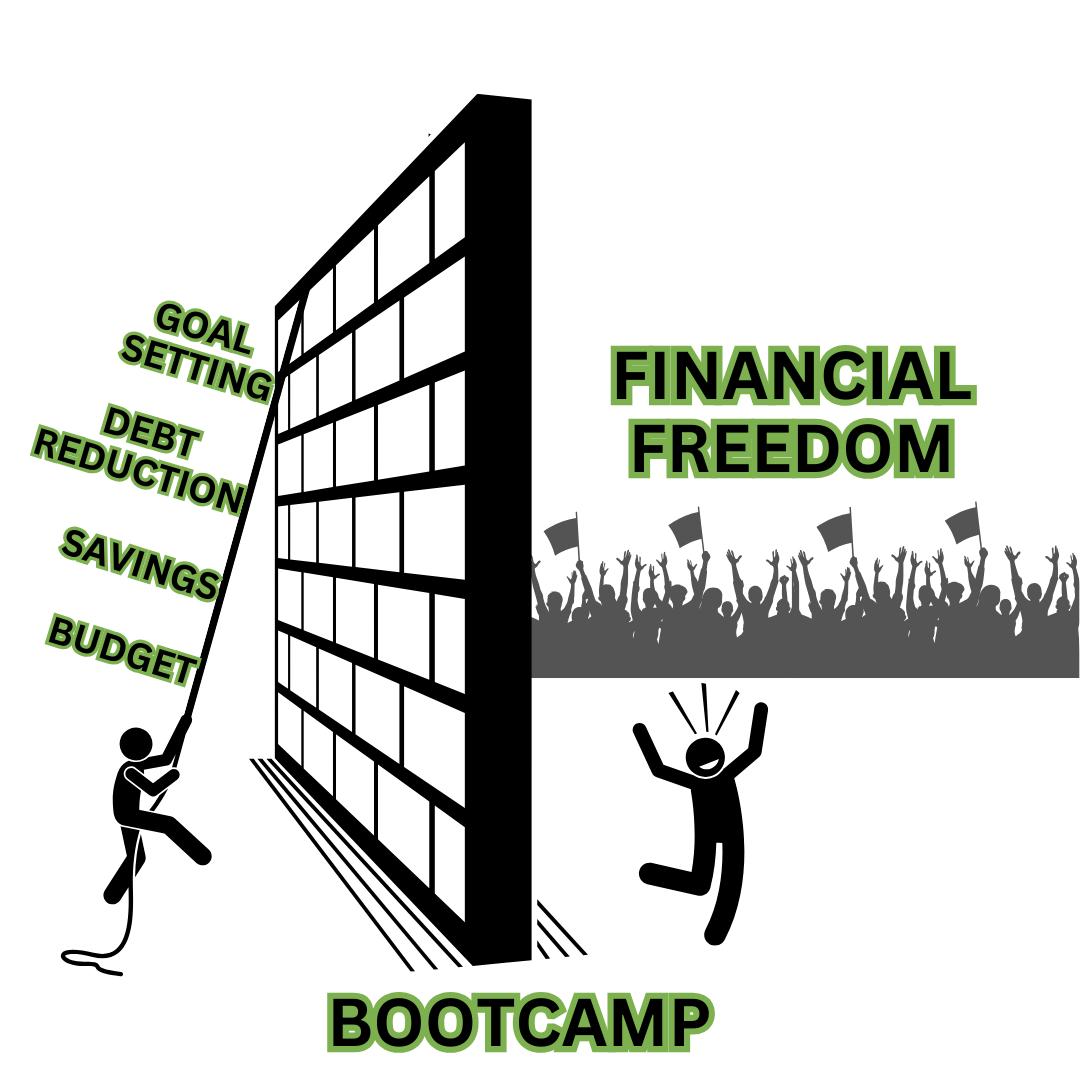Holiday Candle Traditions and Safety

It is that time of year when we welcome lighted candles into our homes whether its for a Diwali diya, Hanukkah hanukkiah, a Yule log, Advent wreath, or the Kwanzaa kinara. Please keep in mind that the #1 danger during the holidays is fire, which is increased by using candles to illuminate sacred traditions and ceremonies.
Diwali, also called the Festival of Lights, is a five day celebration of light over darkness and marks a time for making wishes for the coming year. On Diwali night, people dress up and light diyas, or lamps and candles, inside and outside the home. Lamps that float are sent out on water with wishes to Lakshmi, the Goddess of wealth and prosperity.
The Hanukkah celebration revolves around the lighting of a nine-branched menorah, known as the hanukkiah. On each of the holiday’s eight nights, another candle is added to the hanukkiah after sundown; the ninth candle, called the shamash (“helper”), is used to light the others. Blessings are typically recited during this ritual and the hanukkiah is often displayed prominently in a window as a reminder to others of the miracle that inspired the holiday.
During the week-long celebration of Kwanzaa, seven candles are placed in a kinara (a Swahili word that means candle holder) —three red on the left, three green on the right, and a single black candle in the center. The seven candles represent the Seven Principles of Kwanzaa and a new candle is lit on the kinara each day. The center black candle is lit first, and the lighting then proceeds from left to right, the new candle being lit corresponding to the principle of that day. In this way, each day of Kwanzaa is dedicated to the contemplation of one of the Seven Principles. Each of the candles also has a meaning. The black one symbolizes the African people, the red their struggle, and the green the future and hope that comes from their struggle.
Christmas has its own candle traditions as well, such as counting down the four Sunday’s before the holiday during a period called Advent and the ancient Yule log that in modern times has become a decorative candle holder for the dinner table.
Using candles safely during the holiday season is possible by following these tips from the National Candle Association:
- Never leave a burning candle unattended. Make sure the candle is completely out and the wick ember is no longer glowing before leaving the room.
- Never burn a candle on or near anything that might catch fire.
- Make sure children and pets cannot reach or knock over burning candles.
- Never touch or move a candle while it is burning or while the wax is liquefied.
- Don’t burn a candle all the way down. For a margin of safety, discontinue burning a candle when 1/2 inch remains in the container or 2 inches if using a pillar candle.
- Place burning candles at least three inches apart from one another. This is to make sure they don’t melt one another, or create their own drafts that will cause the candles to burn improperly.
- Extinguish a candle if the flame becomes too high or flickers repeatedly. Let the candle cool, trim the wick, and check for unwanted drafts before re-lighting.
- Never use a candle as a night light or while you may fall asleep.
This season is an opportunity to appreciate the differences and similarities between our holidays across a variety of cultures. As you make plans to gather with your own family, take some time to learn about the traditions of others, and pull inspiration from customs you might not have known about before. And above all, keep your family’s safety in mind every time you light a candle!



